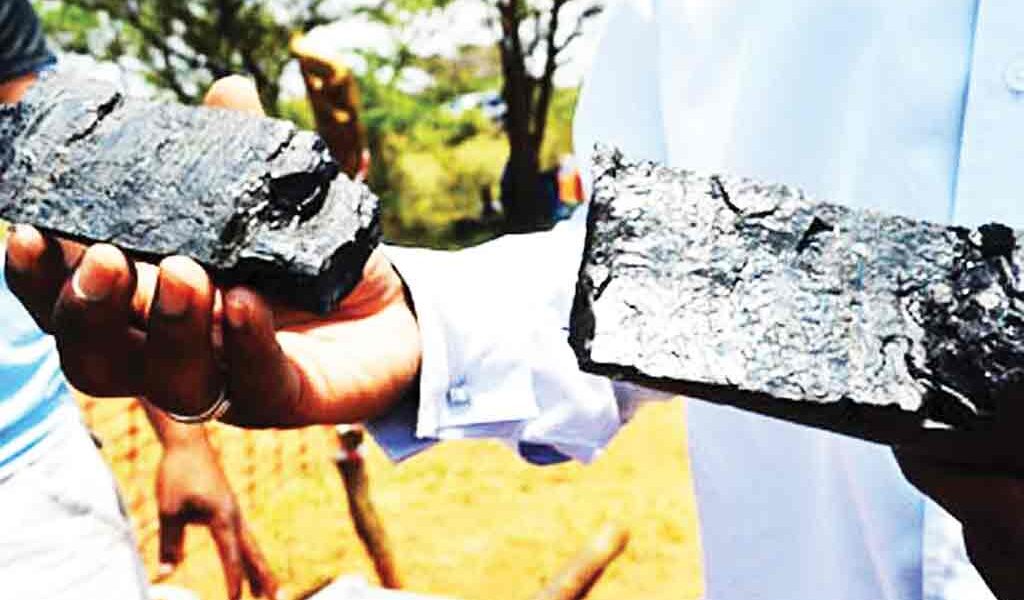TSHIAMO TABANE
Botswana’s coal mining sector could benefit from the expected increase of coal prices and global demand for coal energy which is expected remain a reliable source of energy until 2020, according to Botswana Stock Exchange listed coal and power producer, Shumba Energy.
In the latest financial statements released last week, Shumba Energy projected that the coal market is heading for a significant deficit within 3 to 5 years and this will force prices upward to unseen levels.
Shumba Energy indicated that Botswana’s coal resources including the 4.5 billion tonne coal asset currently developed in the Palapye area, are expected to benefit from the global coal and energy market which has shown remarkable resilience during the recent commodity price slump. In the financial statement Shumba Energy stated that global thermal coal price strength is being driven by new US administration under Donald Trump, Asia power demand growth and China coal and energy supply gap which is developing following the closure of high polluting old mines and power plants.
“Analysis of established coal markets has shown an increase and consolidation throughout the year with prices going to US$105 per tonne. Markets like South East Asia and China which are supplied mainly by Australia have bounced back with the benchmark Australia export price sustaining levels of over US$85 per tonne,” stated the company. The entity added that the price has been sustained this year and following the heavy rainfalls which continued to hit Indonesia coal supplies again in 2017 and the Chinese government decision to shut down mines on safety and environmental concerns, prices could go up to levels of US$110 to US$120 per tonne by mid-2018.
Shumba Energy Managing Director Mashale Phumaphi stated that Shumba Energy management believes that the future of the trading business is immensely positive. “The regional market for coal is enormous, with industrial demand for thermal coal sitting at over 20 million tonnes per annum and global seaborne coal prices returning to levels last seen before the 2007 recession.” He stated that in its bid to take advantage of the projected increase in demand and prices for coal, the company is concluding the licensing for its Botswana coal mines and developing a market and client base for the coal exports.
Shumba Energy is currently developing an integrated underground coal mine and coal-fired power plant in the Palapye area and the project intends to supply coal and power to the domestic and outside market. The company is developing another mega integrated coal mine and power station at Mabesekwa and Shumba management stated that Environmental Impact Assessment for the construction of a coal mine and power plant in the area has been approved and grid connection has been agreed with neighbouring countries’ power utilities and Southern African Power Pool. “Mabesekwa is intended to supply energy to SAAP in the SADC region and this will address chronic power shortages head on.”
Shumba Energy Board Chairperson Allan Clegg has indicated that Southern African Power Pool continues to hold a major net deficit of over 30GWe that is still growing as older power plants are closed down and need replacement. “The urgency remains to cover this deficit and make industry in the SADC region competitive and sustainable.” Clegg stated that quickly and drastically reducing the use of fossil fuels by a large percentage, as has been mandated by developed economies and governments creates a serious problem for Africa. “It would have negative effects on the social welfare of so many people in particular the growing energy industry and related sectors and many millions of people’s lives will be threatened. He noted that fossil fuel sources have a limited useful time span and technological advancement will ensure that economies will not rely anymore on fossils possibly latest by 2020, which will impact only positively for Shumba and other Botswana coal investment which will be built and operated well within this period.
He stated that majority of power generation capacity to be added in Southeast Asia by 2040 will be coal-fired. “Renewables will expand but are growing slower than thermal coal-fired power generation. Coal will be the fuel of choice. The material is easily available and is the cheapest source of power.”

